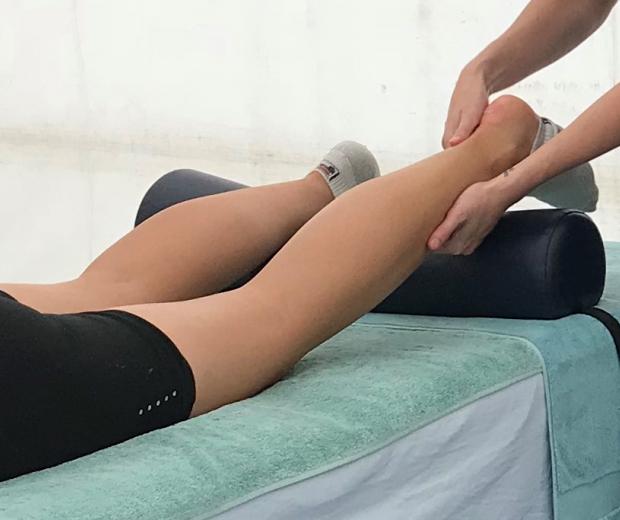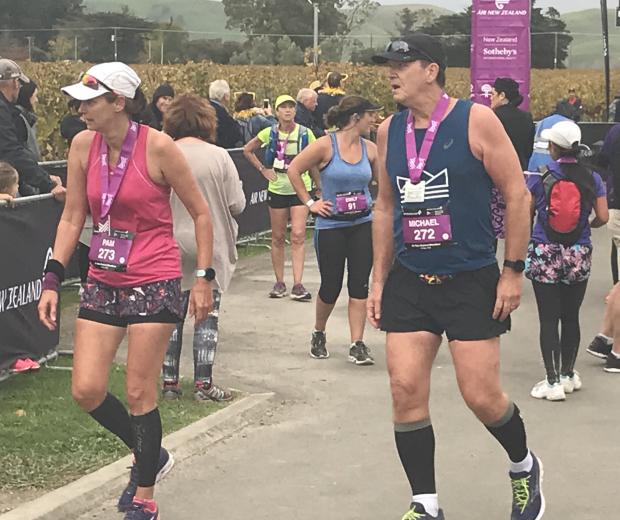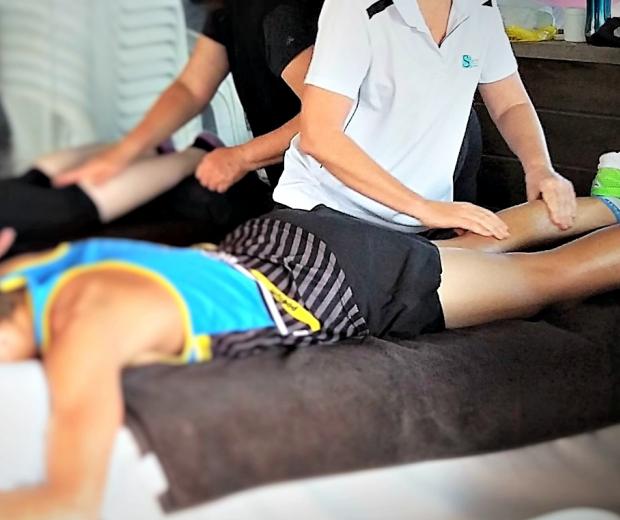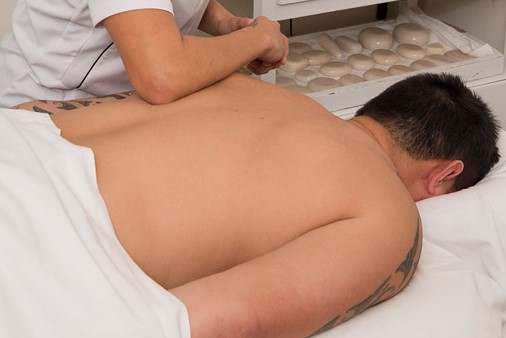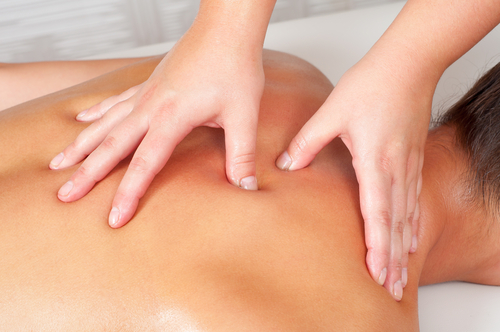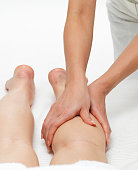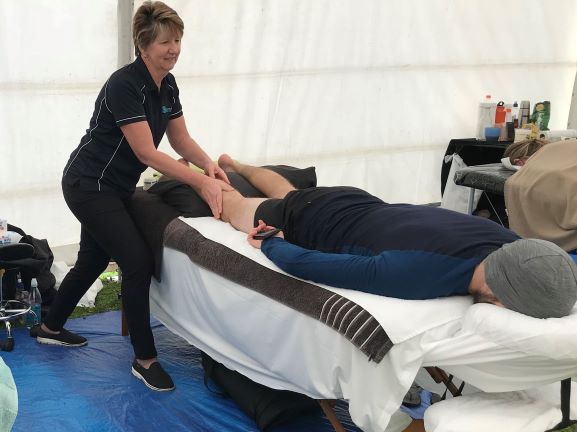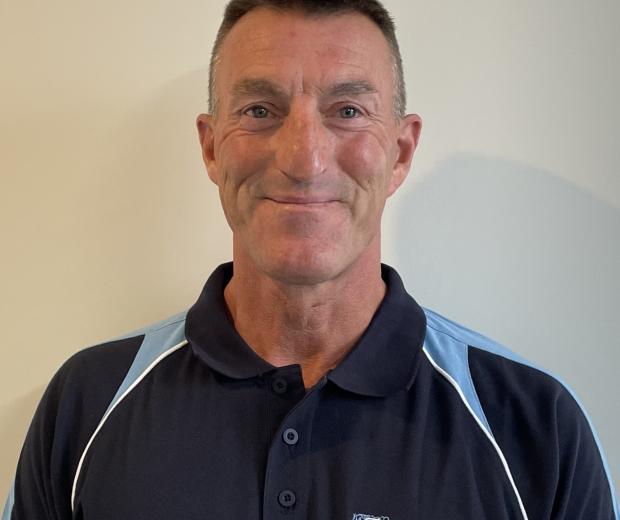Sports Massage
Sports massage is an invigorating massage suitable for those training for an event, in a sports team or working out to stay fit. It can help speed recovery, relieve muscle tension, ease joints, prevent injury and improve flexibility. Athlete’s personal goals will be discussed to help focus the treatment.
There are so many benefits of a sports massage. The major benefit is that it relaxes tense muscles and removes adhesions between muscles and fascia (a fancy word for the sheath that surrounds your muscles and organs). Tension and adhesions can restrict movement and impair your range of motion, potentially leading to abnormal movement patterns that can cause overuse injuries. Sports massage targets sore muscles and joints. It helps increase circulation and helps drain metabolic wastes. Sports massage soothes and normalises tissues after competition which can help reduce overall recovery time. It can also enhance flexibility and increase range of motion of joints. One of the aims of sports massage is to prevent and reduce the extent of injuries that may occur throughout training which may be causing chronic pain or restrictions. This would then allow improved performance, improved well-being and overall improved quality of life.
At Serenity Massage Therapy, we appreciate the value of massage therapy as part of a support network for athletes. We believe that massage therapists can function in an integrated way with athletes working alongside allied health professionals such as sports physicians, physiotherapists, strength and conditioning coaches, performance physiologists, performance and technique analysts and performance nutritionists. We would like to share with you the value of time spent having a regular massage treatment and how this can positively impact on your performance. Your therapist can help find a plan that will work best with your schedule, level of activity and budget.
We find PNF stretches very effective:
PNF Stretches (Proprioceptive Neuromuscular Facilitation)
PNF techniques combine passive stretching and isometrics with your muscle alternatingly stretched passively and contracted. The technique targets nerve receptors in the muscles to extend the muscle length.
First, the relaxed muscle is stretched by the therapist, a partner, one’s own body weight against the floor, a wall, or similar resistance.
At the point, where no further stretching seems possible, the stretch is held for up to 30 seconds. However, during this period, the muscle should be contracted as much as possible.
Finally, when the muscle gets relaxed again, it should be immediately stretched further, which is then easily possible again.
This technique of alternating stretching and contracting can be repeated several times, in order to stretch a bit further each time.
Your massage therapist is a professional who understands was is right for your body. They will be able to show you how to do this stretching safely.

